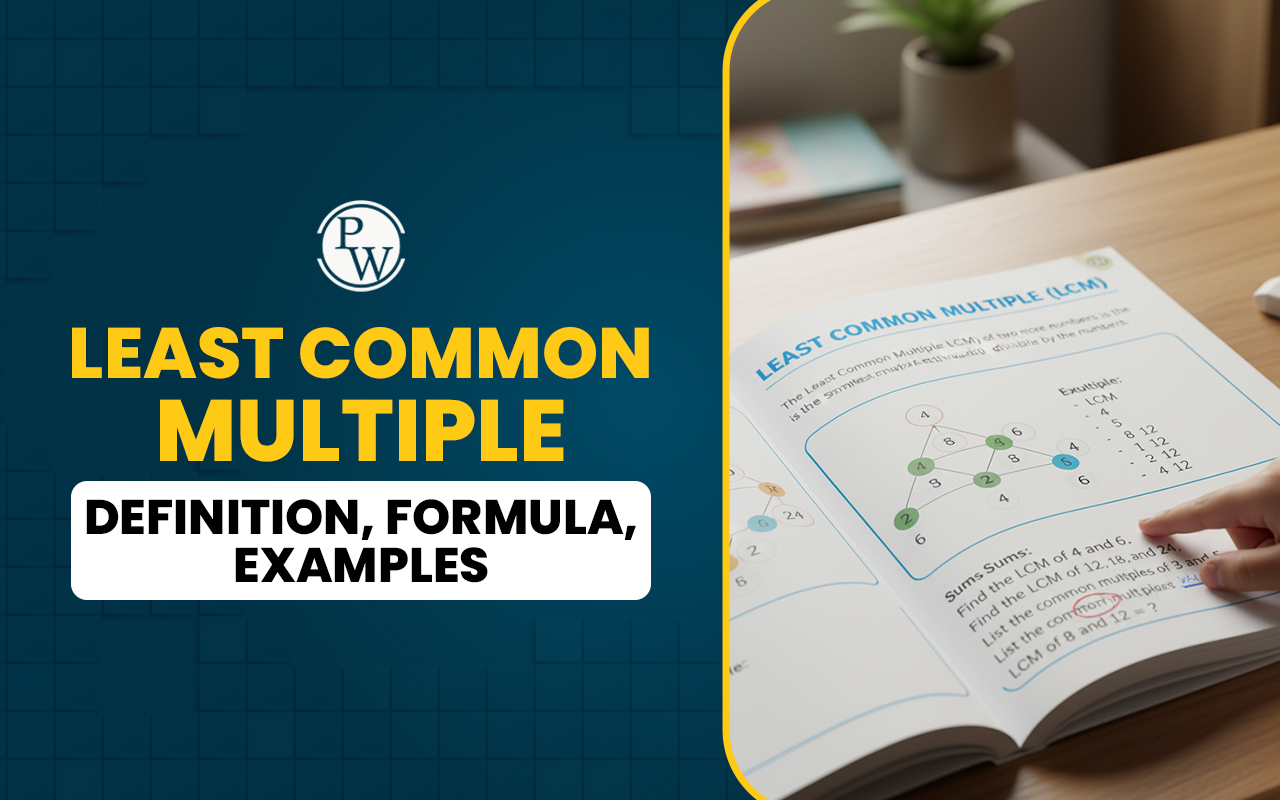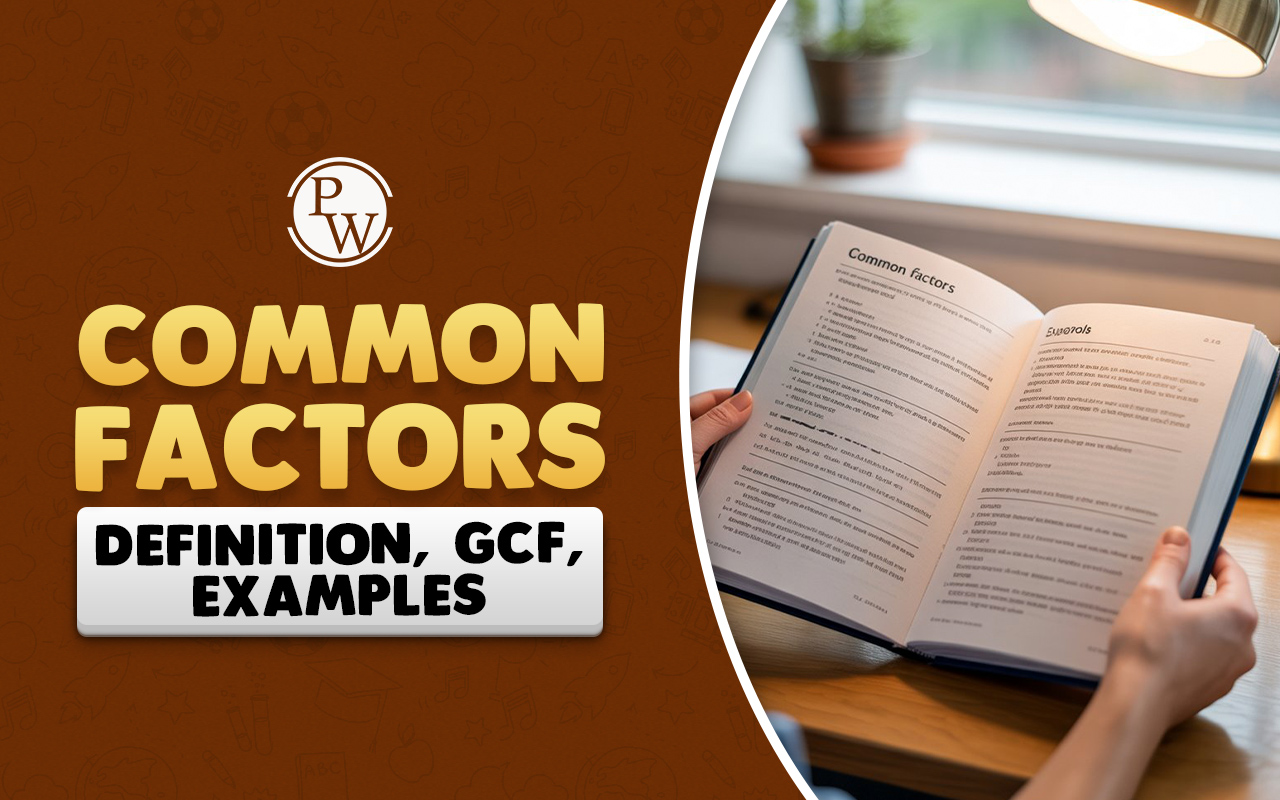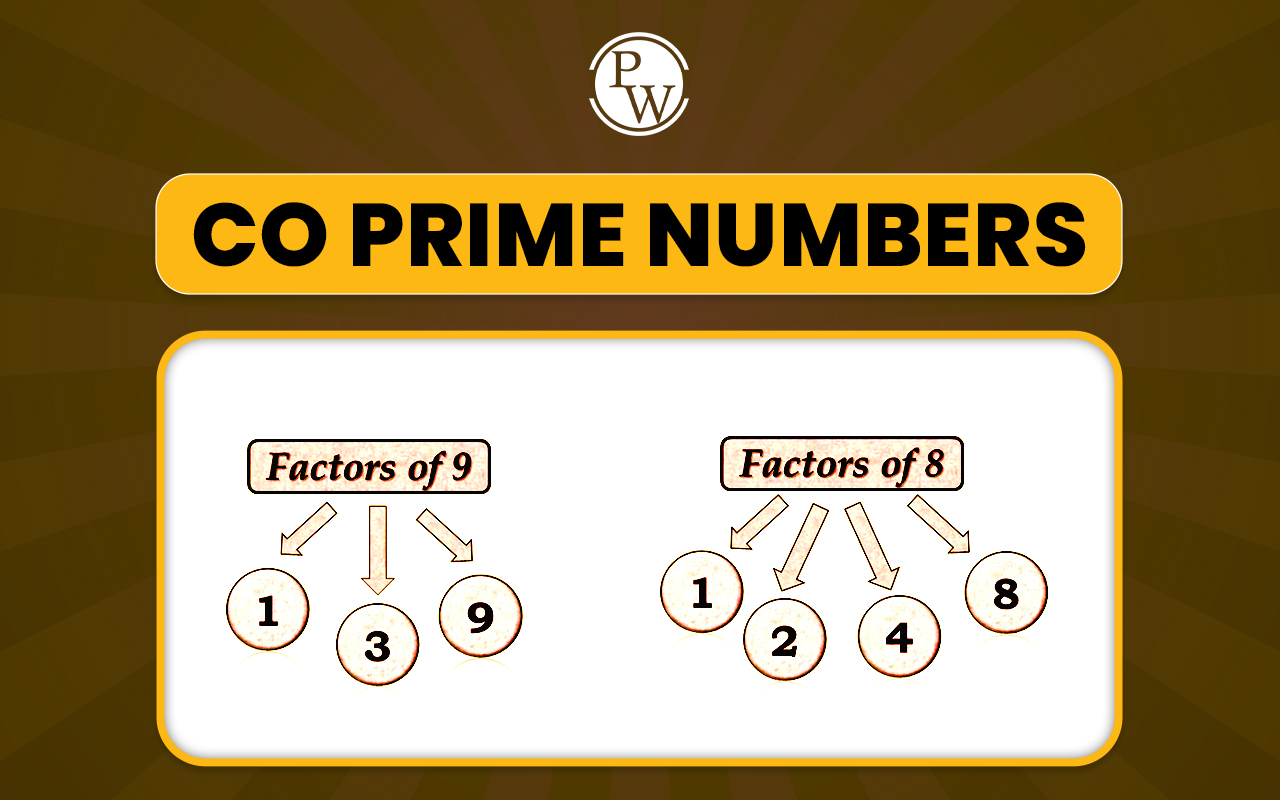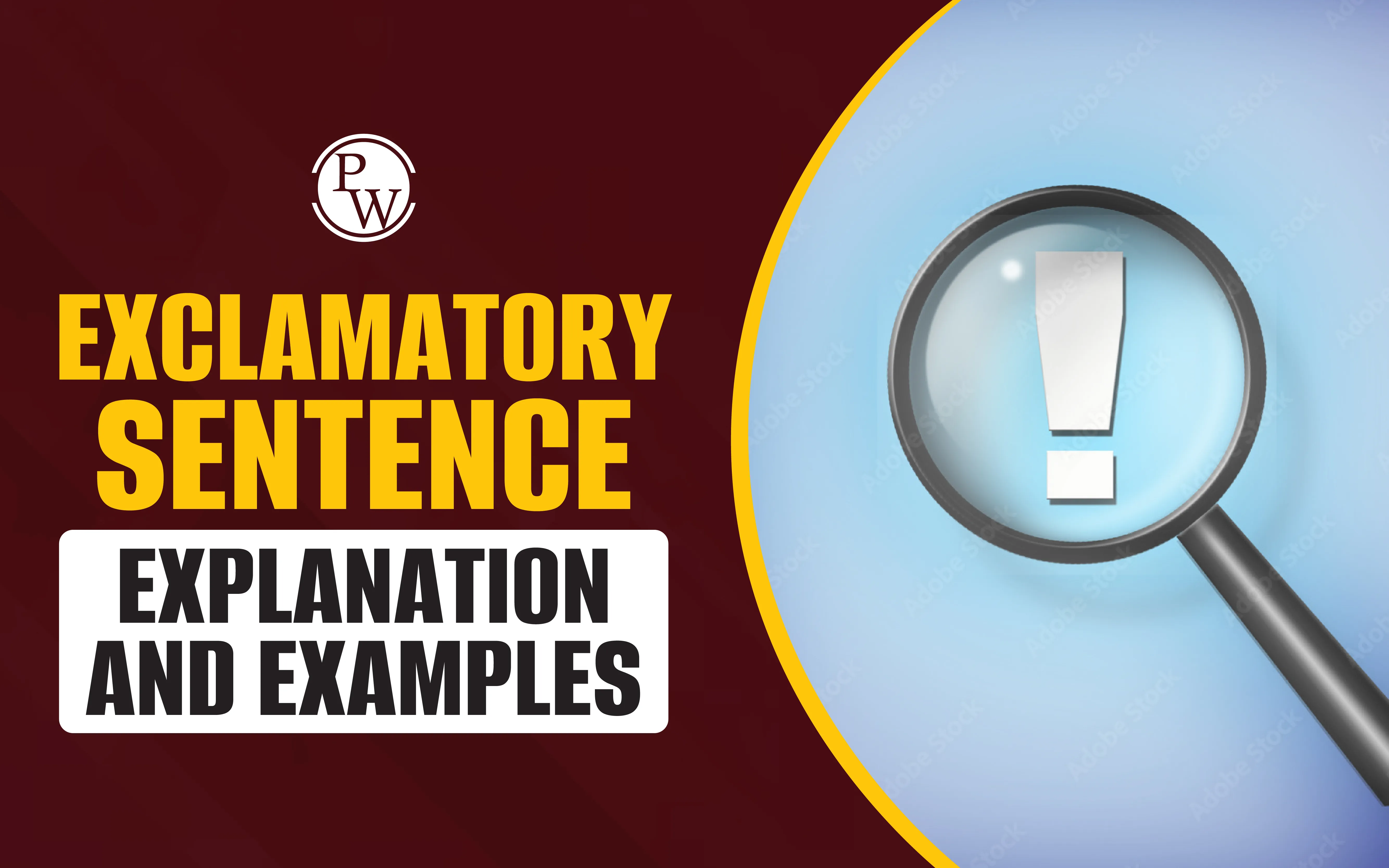
Vedic Maths: Vedic Maths is an ancient system of mathematics that originates from the Vedas, the sacred texts of India. It was discovered by Jagadguru Shri Bharathi Krishna Tirthaji between 1911 and 1918, this system simplifies complex calculations using a unique set of techniques and principles known as Sutras and Sub-Sutras.
These methods enable faster and more efficient problem-solving, enhancing mental agility and boosting numerical confidence. Vedic Maths is not just about quick calculations; it emphasizes understanding the underlying concepts, making mathematics more accessible and enjoyable for learners of all ages. By integrating Vedic Maths into their studies, individuals can unlock new ways of thinking and problem-solving, paving the way for improved mathematical skills and a deeper appreciation for the subject.What is Vedic Maths?
Vedic Maths is an ancient system of mathematics that was rediscovered by Swami Bharati Krishna Tirthaji in the early 20th century. He identified 16 primary sutras (formulas) and 13 sub-sutras (sub-formulas) from the Vedas, which are the ancient scriptures of India. These sutras provide simple and efficient methods for solving a variety of mathematical problems, including arithmetic, algebra, geometry and calculus. The core principle of Vedic Maths is based on the idea of unity, suggesting that all mathematical concepts are interconnected and can often be simplified. This approach allows for faster calculations and a more intuitive understanding of mathematics, making it particularly useful for students and anyone looking to enhance their computational skills. Vedic Maths techniques not only improve speed and accuracy but also promote creative thinking in problem-solving.Vedic Maths Main Sutras
Here is a detailed overview of the Vedic Maths Main Sutras, which are a collection of techniques derived from ancient Indian scriptures known as the Vedas. These sutras facilitate quick calculations and simplify complex mathematical problems.| No | Sutras | Meaning | Uses |
|---|---|---|---|
| 1 | Ekadhikena Purvena | This sutra involves adding one to a previous number. | It helps simplify the process of squaring numbers that are near certain base values. |
| 2 | Nikhilam Navatashcaramam Dashatah | This technique suggests subtracting each digit from 9 and the last digit from 10. | It provides an effective method for subtracting numbers close to multiples of ten. |
| 3 | Urdhva Tiryak | This approach involves multiplying numbers both vertically and diagonally. | It's useful for multiplying larger numbers, streamlining the calculation process. |
| 4 | Paraavartya Yojayet | This technique focuses on rearranging terms and adjusting accordingly. | It simplifies complex equations by allowing for transposition of variables. |
| 5 | Shunyam Saamyasamuccaye | This concept states that if two sides of an equation sum to the same value, that sum equals zero. | It is particularly effective for solving algebraic equations that balance each other out. |
| 6 | Anurupye Shunyamanyat | This sutra explains that if one quantity is proportional, the other is zero. | It's essential for tackling problems involving ratios and proportions. |
| 7 | Yavadunam Tavadunikritya Varga Samam | This principle states that by reducing a deficiency, a perfect square can be formed. | It aids in simplifying calculations for division and extracting square roots. |
| 8 | Vilokanam | This method emphasizes deriving answers simply through observation. | It encourages quick and intuitive calculations by recognizing patterns. |
| 9 | Sankalana-vyavakalanabhyam | This sutra deals with the methods of addition and subtraction. | It offers quick calculation techniques for both addition and subtraction tasks. |
| 10 | Puranapuranabhyam | This technique involves recognizing whether a number is complete or incomplete. | It helps in finding complements and simplifying fraction calculations. |
| 11 | Chalana-kalanabyham | This approach looks at the differences and similarities in calculations. | It is beneficial for solving problems related to ratios and proportions. |
| 12 | Yaavadunam | This principle breaks down large numbers into smaller parts for easier calculation. | It simplifies the multiplication process by handling manageable segments of larger numbers. |
| 13 | Vestanam | This concept focuses on deriving specific values from more general ones. | It assists in solving problems where a particular outcome is required from general information. |
| 14 | Yavadvividham Vyashtih | This sutra involves isolating specific elements from a broader group. | It's helpful for identifying individual components within a set. |
| 15 | Samuccaye | This method refers to adding numbers collectively. | It facilitates quick summation, especially when dealing with a series of numbers. |
| 16 | Ekanyunena Purvena | This principle entails subtracting one from a previous number. | It provides an effective technique for performing division and calculating quotients. |
Sub-Sutras of Vedic Maths
Here is a table summarizing the Sub-Sutras of Vedic Maths, with meanings and uses expressed in different language:| No | Sub-Sutras | Meaning | Uses |
|---|---|---|---|
| 1 | Antyayordashakepi | This principle states that the last digit of a product remains unchanged. | It helps quickly identify the last digit in multiplication problems. |
| 2 | Sopantyadvayamantyam | This technique focuses on the last two digits of a number. | It's useful for situations where the last two digits are needed quickly. |
| 3 | Ekaadhikena Purvena | This method builds on the first sutra to deal with squaring numbers closer to the base. | It extends the initial principle for enhanced efficiency in calculations. |
| 4 | Paravartya Sutra | This technique involves rearranging elements and making necessary adjustments. | It assists in solving equations by allowing for flexibility in variable positioning. |
| 5 | Calana-Kalanabhyam | This sutra emphasizes recognizing differences and similarities. | It provides alternative approaches for tackling ratio and proportion problems. |
| 6 | Gunakasamuccayah | This principle addresses calculating the product of sums. | It is beneficial for handling problems involving combined sums efficiently. |
| 7 | Gunita Samuccayah | This technique states that the product of sums can be expressed as the sum of products. | It aids in simplifying complex algebraic expressions. |
| 8 | Yavadunam Tavatirekena Varga Yojayet | This method suggests modifying a deficiency to simplify squaring. | It offers an alternative strategy for calculating squares effectively. |
| 9 | Antyayordasake’pi | This sutra highlights that the last digit remains unchanged during certain calculations. | It's a quick way to handle multiplication problems focusing on the last digit. |
| 10 | Antyayorekadhikaduhitayor | This principle examines calculations regarding the last two digits of numbers. | It enables efficient calculations for scenarios involving last two digits. |
| 11 | Ardhasamuccayah Samuccayoh | This technique indicates that the sum of half-sums results in the total sum. | It's useful for adding fractions with similar denominators effectively. |
| 12 | Ekanyunena Sesena | This method focuses on subtracting one from the subsequent number in a sequence. | It streamlines division calculations by facilitating rapid estimations. |
| 13 | Sesanyankena Caramena | This principle looks at the relationship between the last digits for division. | It helps in division tasks, particularly with recurring decimals. |
Benefits of Vedic Maths
Quick Calculations : Vedic Maths techniques allow for rapid mental calculations, making arithmetic faster than traditional methods.
Improved Accuracy : The structured approach reduces errors and enhances accuracy in calculations.
Enhanced Problem-Solving Skills : Vedic Maths promotes creative thinking and innovation, helping students develop better problem-solving abilities.
Easy to Learn : The principles of Vedic Maths are simple and easy to understand, making them accessible for learners of all ages.
Vedic Maths Tricks
Vedic Maths is a system of mathematics that provides shortcuts and techniques to perform calculations quickly and accurately. Here are some effective tricks for addition, subtraction and multiplication, along with examples for better understanding.Vedic Maths Addition Tricks
Vedic Mathematics provide a range of effective tricks for performing arithmetic operations, including addition. These methods not only expedite calculations but also enhance mental agility and foster a deeper understanding of numerical relationships. Below are some Vedic Maths addition tricks that illustrate how to efficiently add numbers using these techniques.Example:
Compute: 98765 + 63217 + 89522 + 60543 Or By Sutra Ekadhikena Purvena, add 98765, 63217, 89522, and 60543.Solution:
Steps for adding numbers using Ekadhiken Purvena Sutra:Step 1: Write the given numbers in rows and columns by giving some space between the digits.
Step 2: Column I (from the right side), add the first two digits, 5 + 7 = 12
Step 3: Mark Ekadhika dot(.) on 1, (digit which is next to 7 in column II)
Step 4: Now, start again adding with 2;
2 + 2 = 4 Again start with 4 such that 4 + 3 = 7Step 5: Write 7 below at the answer’s place
Step 6: Add the remaining columns in the same way.
Thus, the final answer will be obtained as:
Vedic Maths Subtraction Tricks
Vedic Mathematics provides effective strategies for performing subtraction, making it quicker and more intuitive. By applying specific sutras, learners can tackle subtraction problems with ease and accuracy. Below are some Vedic Maths subtraction tricks that illustrate how to efficiently subtract numbers using these techniques. Go through the example given below to understand the subtraction of numbers by Sutra Ekadhiken Purvena.Question:
Subtract 389 from 746.Solution:
Steps for subtraction in Sutra Ekadhiken Purvena:Step 1: Write the given numbers in rows and columns by giving some space between the digits.
Step 2: Consider column I (from the right end), 9 is greater than 6 so we cannot subtract it from 6.
1 is the best friend of 9 and add 1 to 6, i.e. 1 + 6 = 7. So write 7 in the answer place and mark Ekadhika dot(.) on 8, which is in the same row of column II such that it becomes 9 (as 8 + 1 = 9). Here, dot(.) on the number represents one more than the previous number.Step 3: Similarly, we need to subtract the remaining numbers. Thus, the answer will be:
 Therefore, 746 – 789 = 357.
Therefore, 746 – 789 = 357.
Vedic Maths Multiplication Tricks
Vedic Mathematics provide several multiplication tricks that simplify calculations and speed up the process. These techniques make it easier to multiply numbers, especially when dealing with large digits or specific patterns. Below are some effective Vedic Maths multiplication tricks.Method 1:
In this method, we can multiply the numbers whose unit digits are added up to 10 or powers of 10. Let’s have a look at the solved example given below to understand the multiplication of numbers.Example:
Multiply 63 and 67.Solution:
63 × 67 Sum of unit digits = 3 + 7 = 10 Digits in tens places = 6 So, we can write the multiplication as: 63 × 67 = 6 × (6 + 1)/3 × 7 = 6 × 7/3 × 7 = 42/21 = 4221 We can also verify the result using normal mathematical calculations. This method of multiplication is referred to as the Sutra Ekadhiken Purvena. This method can also be used to multiply two numbers whose last two digits are added up to 100, the last three digits are added up to 1000. Also, in the case of mixed fractions, the sum of proper fractions must be added up to 1 to apply this method of multiplication.Method 2:
If two numbers are to be multiplied and one of these numbers is having only 9’s then we can apply this method.Example:
Multiply 876 and 999.Solution:
Given, two numbers are 876 and 999. Now, subtract 1 from 876. 876 – 1 = 875 Subtract 875 from 999. 999 – 875 = 124 Thus, 876 × 999 = 876 – 1/999 – 875 = 875/124 = 875124 This method of multiplying numbers is Sutra Ekanyunena Purvena. Similarly, there are many sutras in Vedic maths to perform the multiplication of numbers.Also Read-
| Riddles for Kids | Multiplication | Indoor Games for Kids |
| Subtraction | Maths Puzzles | Laws of Exponents |
Vedic Maths FAQs
What is Vedic Maths?
How is Vedic Maths different from traditional math?
Who can learn Vedic Maths?
Is Vedic Maths suitable for competitive exams?
Do I need a calculator to use Vedic Maths?










